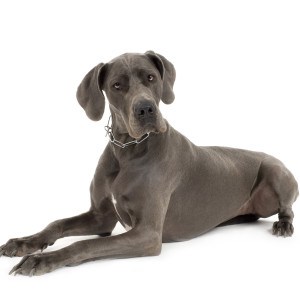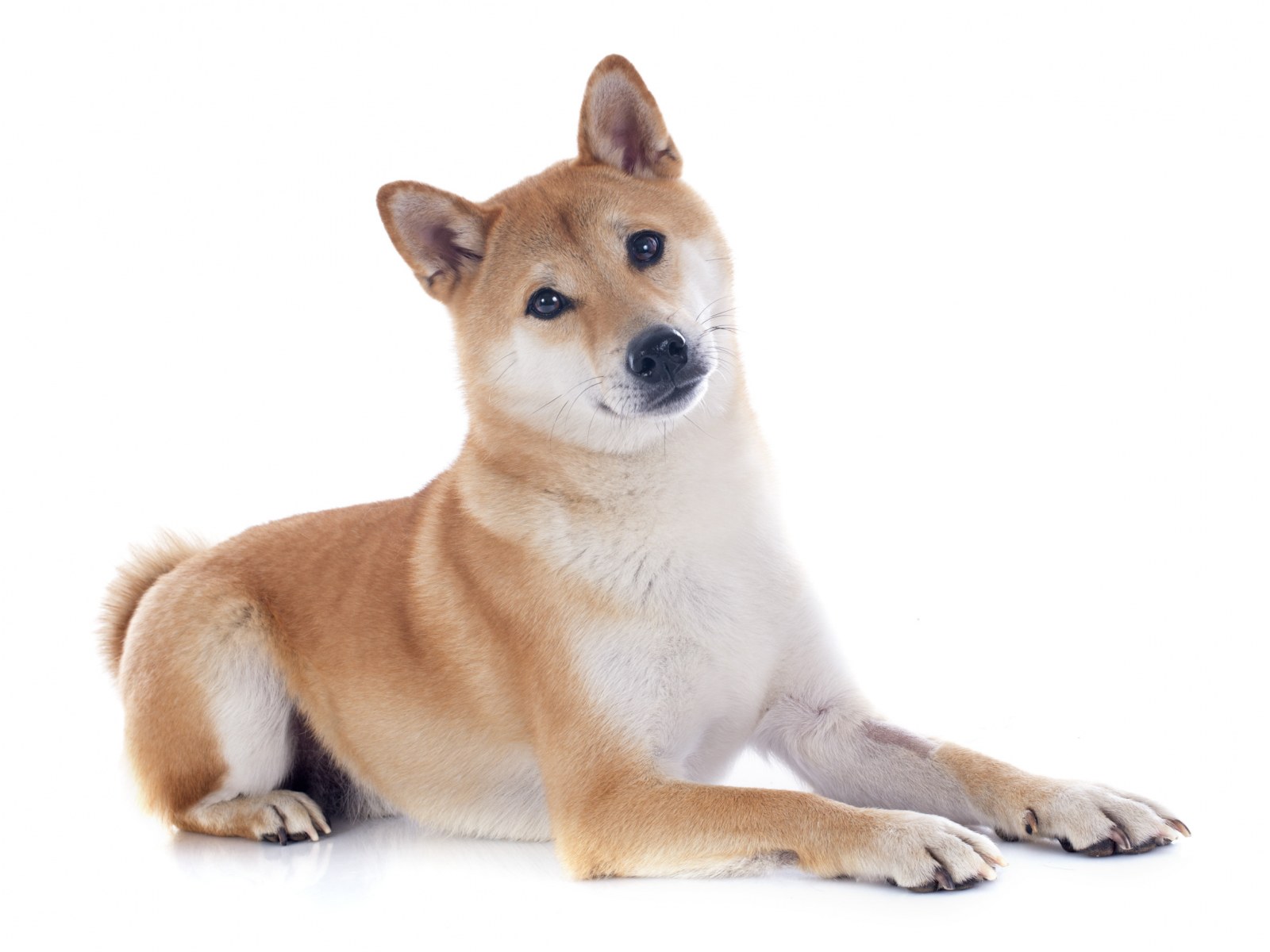Ticks are spi der-looking bloodsuckers that get under your skin and your Great Dane’s too. There are many products that can help in getting rid of ticks and mites. But first you need to find them. Ticks are often on branches and leaves of bushes, hoping to catch a ride on passing animals. After visiting an area that may have had ticks, be certain to fully inspect your Great Dane.
der-looking bloodsuckers that get under your skin and your Great Dane’s too. There are many products that can help in getting rid of ticks and mites. But first you need to find them. Ticks are often on branches and leaves of bushes, hoping to catch a ride on passing animals. After visiting an area that may have had ticks, be certain to fully inspect your Great Dane.
Ticks tend to like crevices and areas with little to no hair, such as ears, between toes, and in the groin and armpit regions. If you find a tick, use a latex glove. Grasp the tick close to the skin without squeezing it. Pull it straight out or use a specially designed tick-removal tool if on hand.
Once it is removed, you may want to save the tick in a small container like a pill vial or jar with a bit of rubbing alcohol in it, just in case future illness occurs. This way the tick can be identified if needed. Ticks are equal-opportunity pests, so be sure to inspect the human members of your party also.
Mites
All dogs have a few mites on their skin. In puppies, the immune system may not be strong enough and the mites can grow at a rapid rate. Mites can cause severe irritations by tunneling through hair follicles into the skin, causing excessive itching and hair loss. Mites in canines are generally known as mange. Topical treatments usually solve the problem.
There are actually several types of mange:
• Demodectic mange, sometimes called demodex, is the most common form of mange. It comes from a mite that lives in hair follicles. Under the microscope it resembles an alligator with eight legs!
• Sarcoptic mange, commonly called canine scabies, is an intensely itchy disorder that even humans can catch. You will see it on your Great Dane as small bumps and crusts on the ear tips, abdomen, elbows, and hocks. This condition can be treated with shampoos and topical medications. Side effects to sarcoptic mange are bacterial infections and even east infections.

